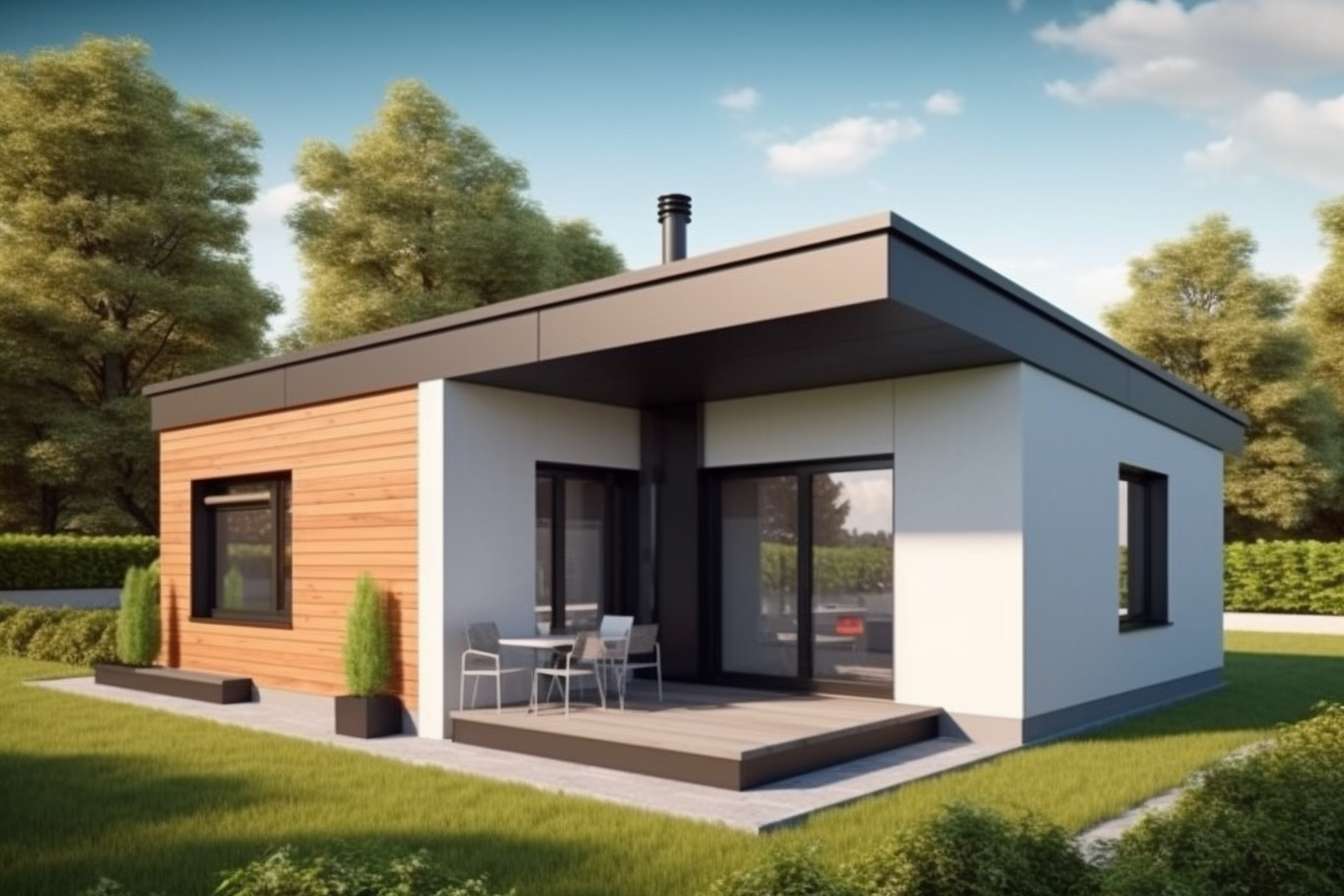Enhancing Your Outdoor Space: The Beauty and Benefits of Awnings and Overhangs
Awnings and overhangs are versatile additions to any home, offering both aesthetic appeal and practical benefits. These outdoor structures provide shade, protection from the elements, and can significantly enhance the look and functionality of your property. Whether you're looking to create a cozy outdoor retreat or improve your home's energy efficiency, awnings and overhangs are excellent options to consider.

How Do Awnings and Overhangs Enhance Your Outdoor Space?
Adding awnings or overhangs to your home can transform your outdoor living areas. They create comfortable, shaded spaces that are perfect for relaxing, entertaining, or enjoying outdoor activities. By extending your usable outdoor area, these structures effectively increase your home’s living space. They also add visual interest to your home’s exterior, potentially boosting curb appeal and property value. Moreover, awnings and overhangs can protect your outdoor furniture from sun damage and rain, helping to preserve your investments in outdoor decor.
What Are the Energy-Saving Benefits of Awnings and Overhangs?
One of the most significant advantages of installing awnings or overhangs is their potential for energy savings. These structures can block direct sunlight from entering your home through windows, reducing heat gain during hot summer months. This natural cooling effect can lead to lower air conditioning costs and improved energy efficiency. In fact, studies have shown that awnings can reduce solar heat gain by up to 77% on west-facing windows and 65% on south-facing windows. During winter, retractable awnings can be pulled back to allow sunlight in, helping to warm your home naturally.
What Materials Are Used for Awnings and Overhangs?
Awnings and overhangs come in a variety of materials, each with its own set of advantages. Fabric awnings are popular for their versatility and wide range of colors and patterns. They’re typically made from durable, weather-resistant materials like acrylic or polyester. Metal awnings, often made of aluminum, offer excellent durability and require minimal maintenance. For overhangs, common materials include wood, vinyl, and fiber cement. The choice of material depends on factors such as climate, desired aesthetic, and maintenance preferences.
How Do You Choose the Right Awning or Overhang for Your Home?
Selecting the right awning or overhang involves considering several factors. First, think about the primary purpose - do you need shade, rain protection, or both? Consider the style of your home and choose a design that complements its architecture. The size and placement of the awning or overhang are crucial; they should provide adequate coverage without overwhelming the facade of your home. Climate is another important factor - in areas with heavy snow, for example, you’ll need a structure that can withstand the weight. Finally, consider your budget and maintenance preferences when choosing between different materials and styles.
What Are the Installation and Maintenance Requirements?
The installation process for awnings and overhangs varies depending on the type and material. While some DIY options are available, professional installation is often recommended, especially for larger or more complex structures. This ensures proper mounting and weatherproofing. Maintenance requirements also differ based on the material. Fabric awnings may need periodic cleaning and waterproofing treatments, while metal awnings and overhangs generally require less upkeep. Regular inspections for damage or wear are important for all types to ensure longevity and proper function.
Awnings and overhangs are excellent investments for homeowners looking to enhance their outdoor living spaces, improve energy efficiency, and boost curb appeal. By carefully considering your needs, home style, and local climate, you can choose the perfect awning or overhang to complement your home and lifestyle. With proper installation and maintenance, these structures can provide years of enjoyment and practical benefits, making your outdoor areas more comfortable and inviting throughout the seasons.






